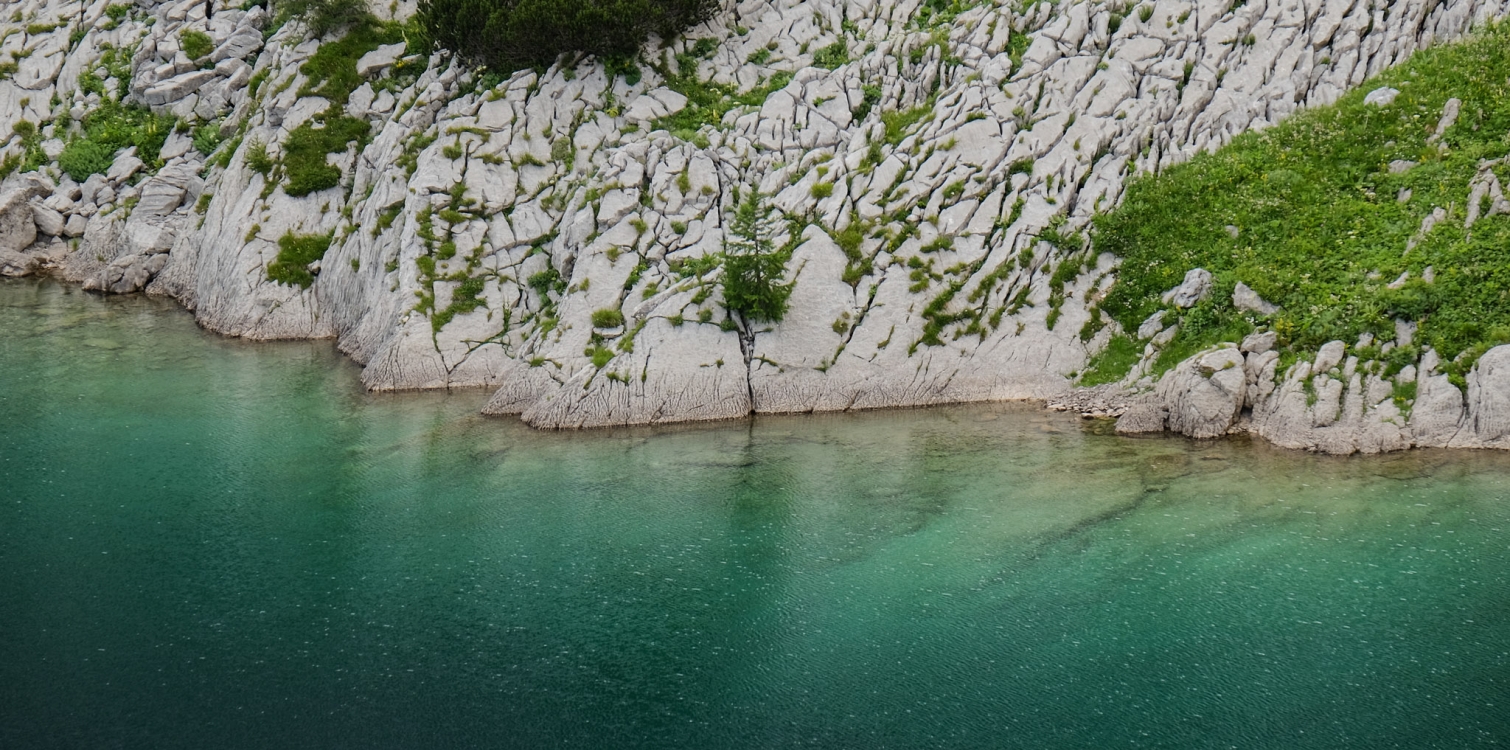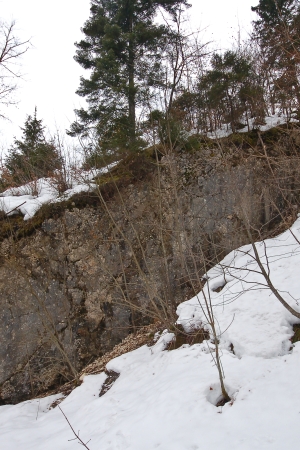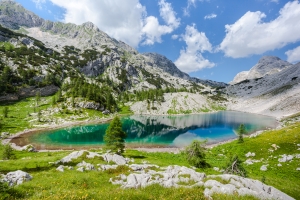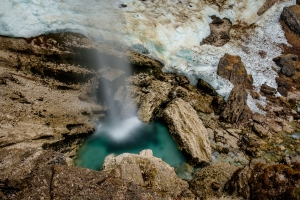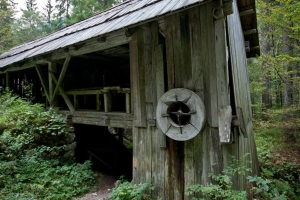In addition to rare, precious or famous natural phenomena (e.g. a waterfall, river, lake, karst plateau, natural window, etc.), natural values are other valuable phenomena, components or parts of living or non-living nature, natural areas or parts of natural areas, ecosystems, landscapes or shaped nature. Such parts of nature contain specific value attributes relating to different components of nature. Accordingly, natural values are defined by genre.
A nature conservation value may be defined by one or more of the following types, where the value attributes relate to:
- parts of the Earth's crust, in its interior and on its surface, with a surface geomorphology, a subsurface geomorphology or a geology,
- flowing or standing waters with a hydrological characteristic,
- ecosystems with an ecosystem type,
- habitats of plants and animals of wild species with a botanical or zoological character,
- trees or groups of trees, with the tree genus,
- parts that are artificially formed from material parts of living nature with the genre of the natural heritage,
- parts of a landscape with the genre of landscape value.
A number of natural values are specially protected as nature reserves or natural monuments within the park area because of the need for additional protection and conservation. In total, there are 46 protected areas in the park, of which 3 are nature reserves and 43 are nature monuments.

